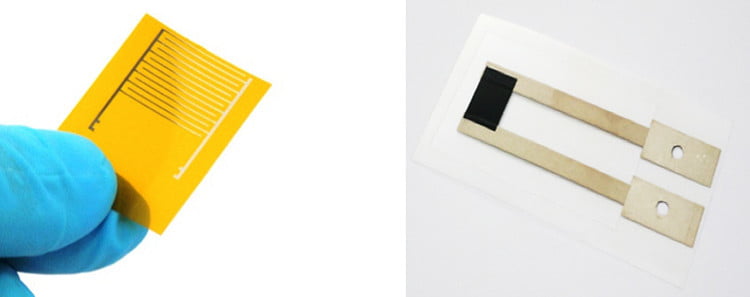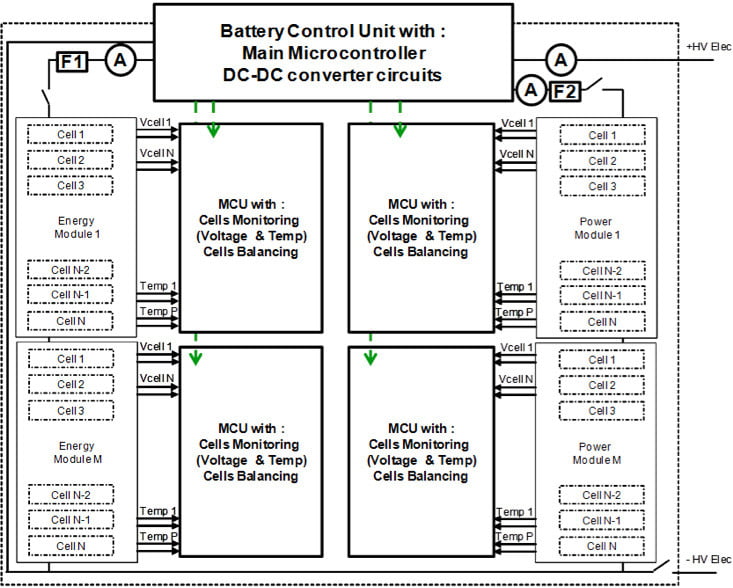SuperLIB (July 2013)

The energy storage system is the most critical component for electric vehicles, and its performance, cost, durability and reliability will determine how widespread electric vehicles will be used. The SuperLIB project targets extending the life time of the battery and utilize an advanced battery management system to increase overall performance. A dual-cell battery concept has been proposed to address electro-mobility challenges where the concept entails a combination of high energy (HE) and high power (HP) optimized cells combined with an advanced management system.
This concept has been evaluated and benchmarked with respect to the single cell concept. Results confirmed that the usable energy and thus driving range is extended in the case of the dual cell concept, regardless of the duty cycle used. This is accomplished via an appropriate energy distribution strategy; where on one hand it prevents the HE string from stresses i.e. high currents which reduces the cycle lifetime, and on the other hand keeps the HP part on an optimal SOC level as it is done for HEV battery packs. The latter is important to provide sufficient power, for situations as sudden power demand and regenerative breaking events. Furthermore with this concept the usable SOC range of the HE side can be increased (5 to 95%) without power limitations or sacrificing the battery life time. This increase leads to over 10% improvement in vehicle range when compared to equivalent conventional battery packs on standard driving cycles.
| Dual Cell Range Improvement over a Single Cell | |
|---|---|
| NEDC | % 12.45 |
| FTP75 | % 12.41 |
| JA1010 | % 11.16 |
Another aspect of SuperLIB is tracking each cell temperature through a novel sensor design. The concept of the temperature sensors used in traction battery packs has to be as simple as possible to ensure cost efficient and highly reliable devices, which are easy to handle in high volume production. The following requirements were determined for the optimal sensor concept for vehicle battery packs;
- Low-cost processing,
- thin, flexible architecture
- layout customizable to different cell designs
- High-TCR material with high noise tolerance
Printed electronic technologies meet these requirements to a high extent and are also suitable for high-volume production, at high cost efficiency. Furthermore, thin printed layers constituting the temperature sensor yield a low heat capacity and therefore result in a low time delay for the detection of temperature changes of the battery cells. The low thickness of the printed elements allows an easy placement between the battery cells. Moreover, placement of the sensor even inside the cell packaging is possible. The requirements were met by a thermistor concept based on a plastic substrate and screen printed functional layers. The figure below shows the final sensor.


Figure: Photographs of the electrode layer (left picture) and the completely printed temperature sensor developed within the SuperLIB project (right picture).
Electrical and management architecture of the SuperLIB battery concept is another important consideration, and the functional block diagram of the system at battery level and at the BCU level can be found in the figure below. The Battery Control Unit integrates the main processor which will calculate the battery parameters (SoC, SoH, SoF), drive the contactors and diagnose the global function of the battery. It also hosts the converter link drivers and is directly linked to the power electronics. The Module Control Unit manages one HE module or one HP module with cell voltage acquisition, temperature acquisition and balancing circuits.


Figure: Functional Block diagram at battery level.
The dual-cell battery concept was proposed as an architecture to extend battery life and increase driving range of electric vehicles. Development, modelling and characterization of the cells, novel temperature sensor development for low cost and highly integrated tracking of all cell temperatures and finally development of the battery management concept, including energy distribution between the high energy and high power cells, have been achievements to demonstrate the viability of the concept. Real life performance tests at the end of the project will validate development and demonstrate the advantages of the approach. Please refer to www.superlib.eu for latest results and further information.


